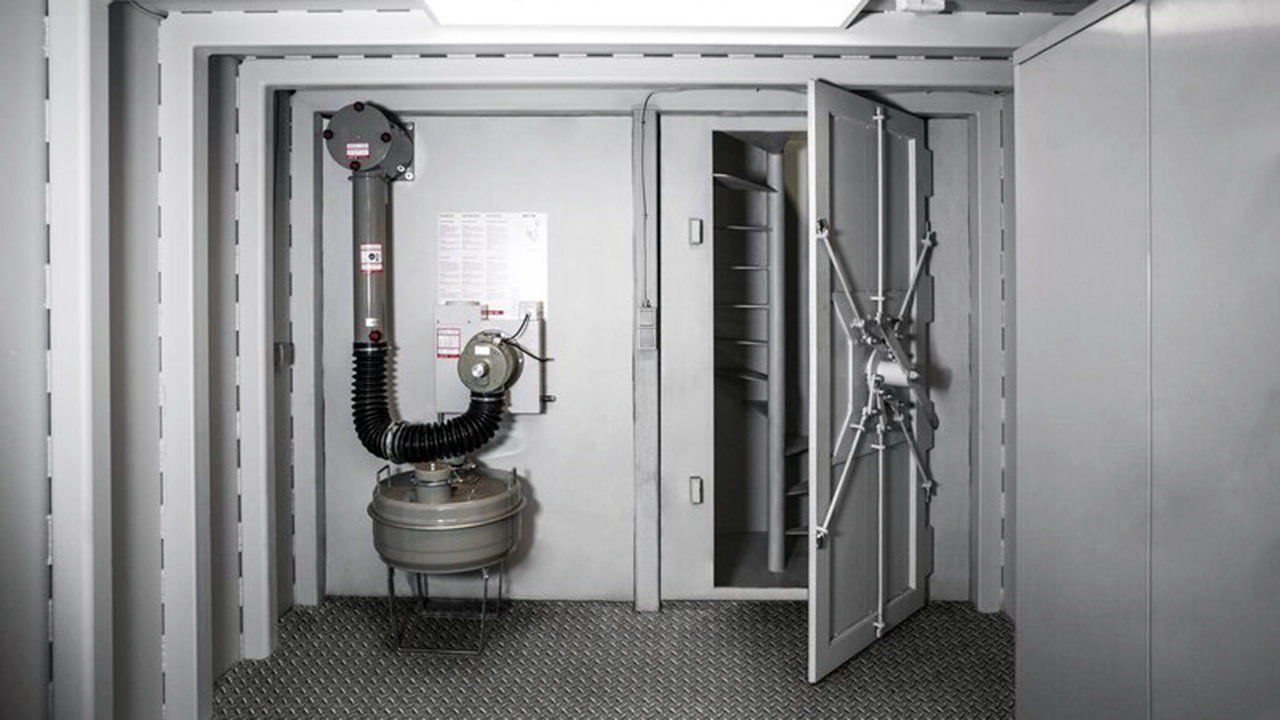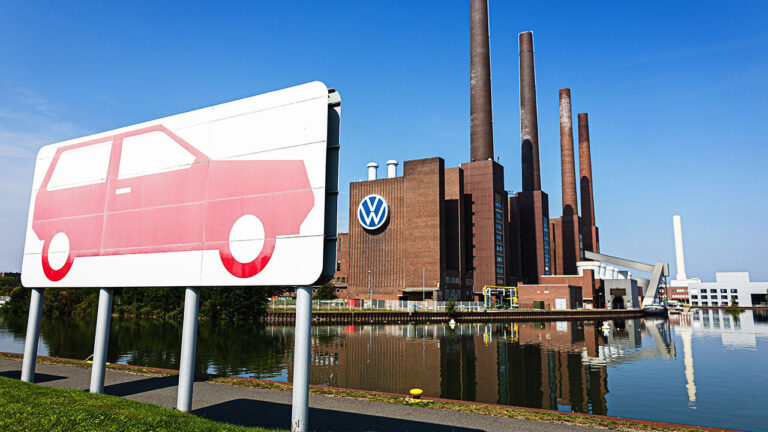
Your browser does not support the <audio> element.
KIM KARDASHIAN spotted the trend early, true to form. In 2021 the American reality-television star and her sister Khloé went bunker shopping. They tested a $200,000 facility made by a firm called Atlas Survival Shelters which provides 46 square metres (500 square feet) of safe space. Mark Zuckerberg, the billionaire founder of Meta, a social-media empire, is reportedly building a less cramped 450-square-metre facility under his ranch on a remote Hawaiian island. Now many Europeans, too, are running for cover. And not just plutocrats.
In the days after Russia’s invasion of Ukraine in February 2022 Bunkers Shelters Systems Germany (BSSD), a company in Berlin, began to receive as many as 1,000 calls a day from prospective clients. Created in 2014 and employing 100 people, it was the only German company making bunkers for private individuals when the Ukraine war began. Its founders, Mario and Katrin Piejde, quickly installed a hotline to deal with the barrage of requests. Since then its order book has swollen three-fold, as more Germans worry about various conflicts spinning out of control.
Instead of a pool or a garage, many people now want a bunker, says Ms Piejde, who runs BSSD day-to-day. Clients range from tycoons to a typical middle-class family (“husband is an electrical engineer, wife is a shop assistant”). Most go for a fortified shelter in the basement of their house, though a family in Brandenburg is building a big bunker in the garden of the new house it started constructing at the beginning of the year. BSSD sells its bunkers in three standard sizes, starting at €79,000 ($85,000). Less elaborate panic rooms start at around €15,000.
Germans feel they need their own safe place to hide because after the end of the cold war the government stopped making efforts to ensure them a spot in a public shelter. Today there is enough room in such installations for just 480,000 people, out of a population of 84m. Protecting Germans, as Swiss and Finnish governments do for nearly all their 8.8m and 5.5m citizens, respectively, would require building more than 210,000 big bunkers. This could take 25 years and cost €140bn, according to official estimates.
It is, therefore, not going to happen. So the private sector is stepping in. bSSD is hiring and looking for new offices beyond its current headquarters (appropriately, in the basement of a Berlin apartment block). More specialists, such as German Shelter Centre, are popping up. Deltamodul, a builder of modular homes, has added bunkers to its offering. These companies are not yet at the scale of their counterparts in America, such as Atlas Survival Shelters, which have catered to customers’ paranoia for years. But, like their products, their future looks secure. ■
To stay on top of the biggest stories in business and technology, sign up to the Bottom Line, our weekly subscriber-only newsletter.



















